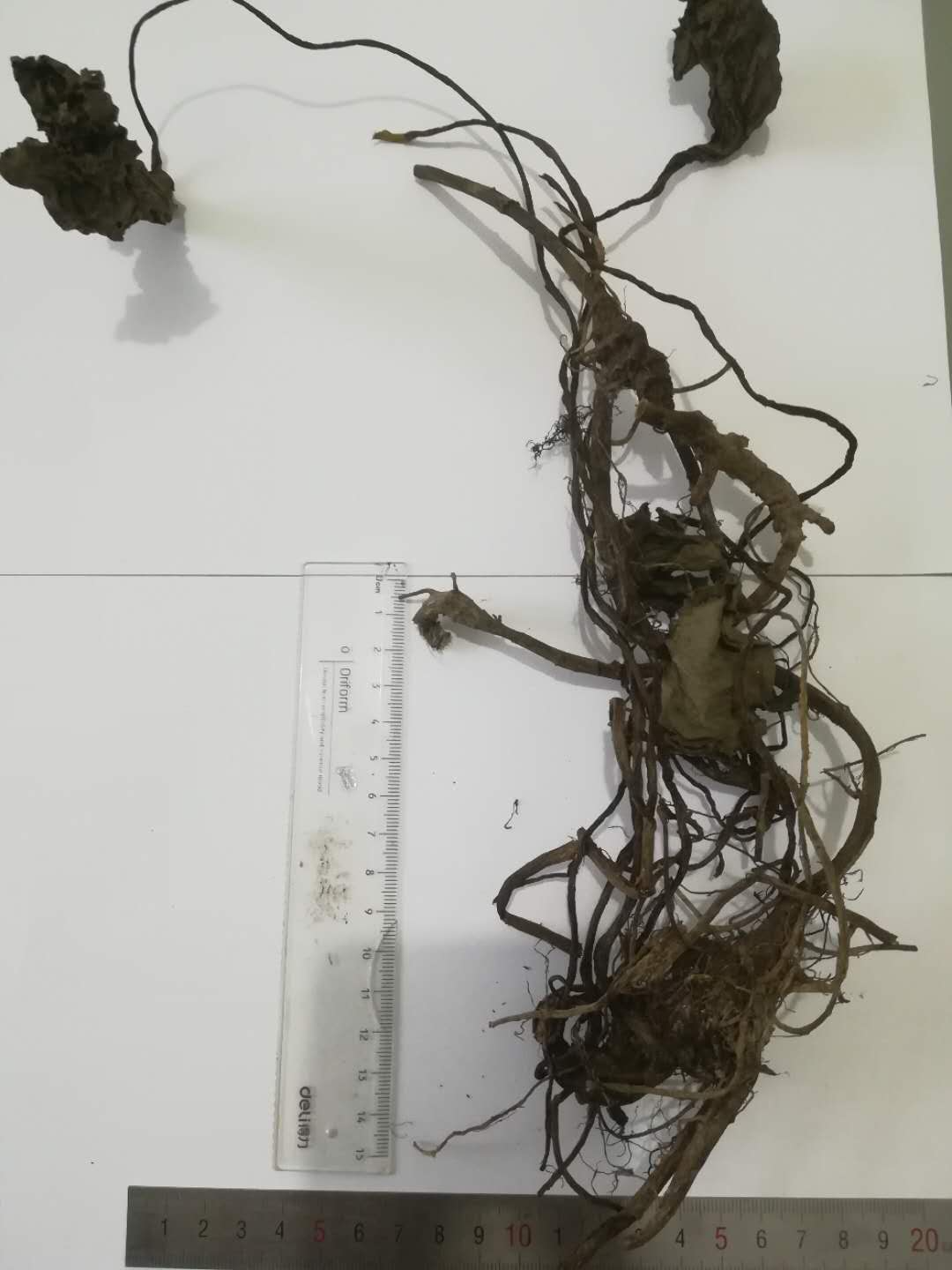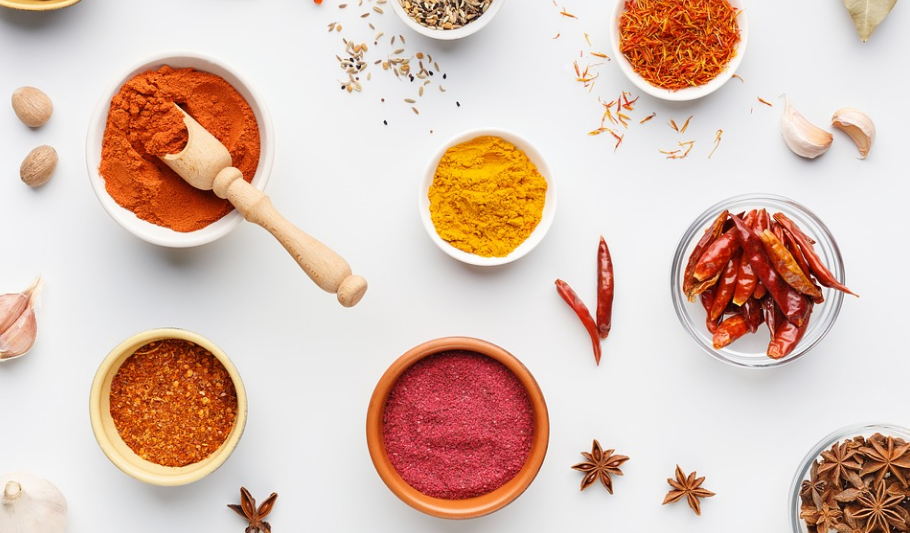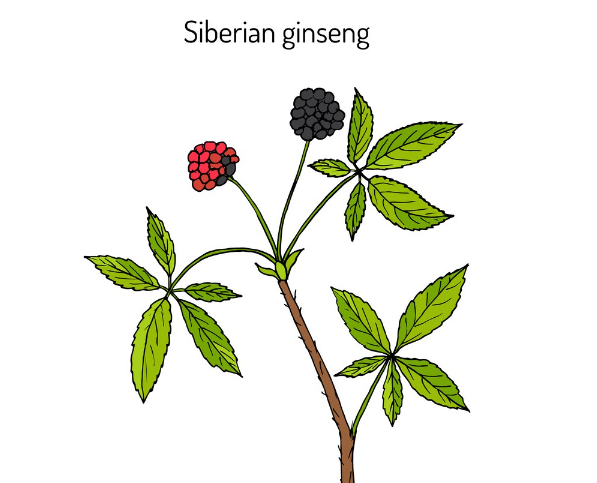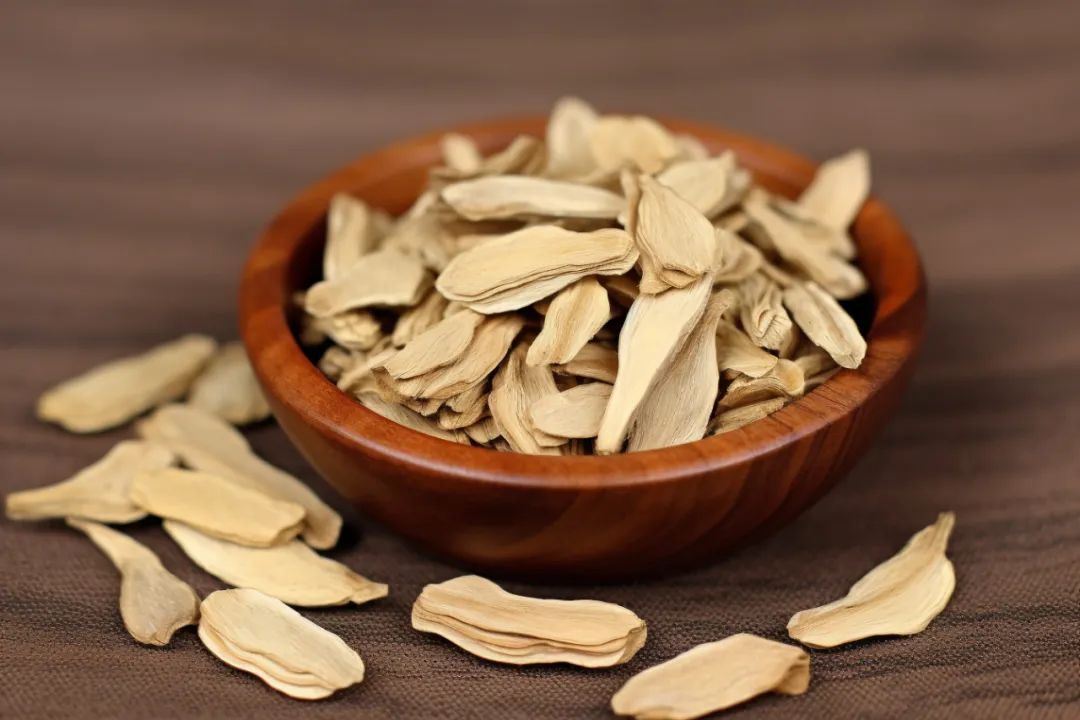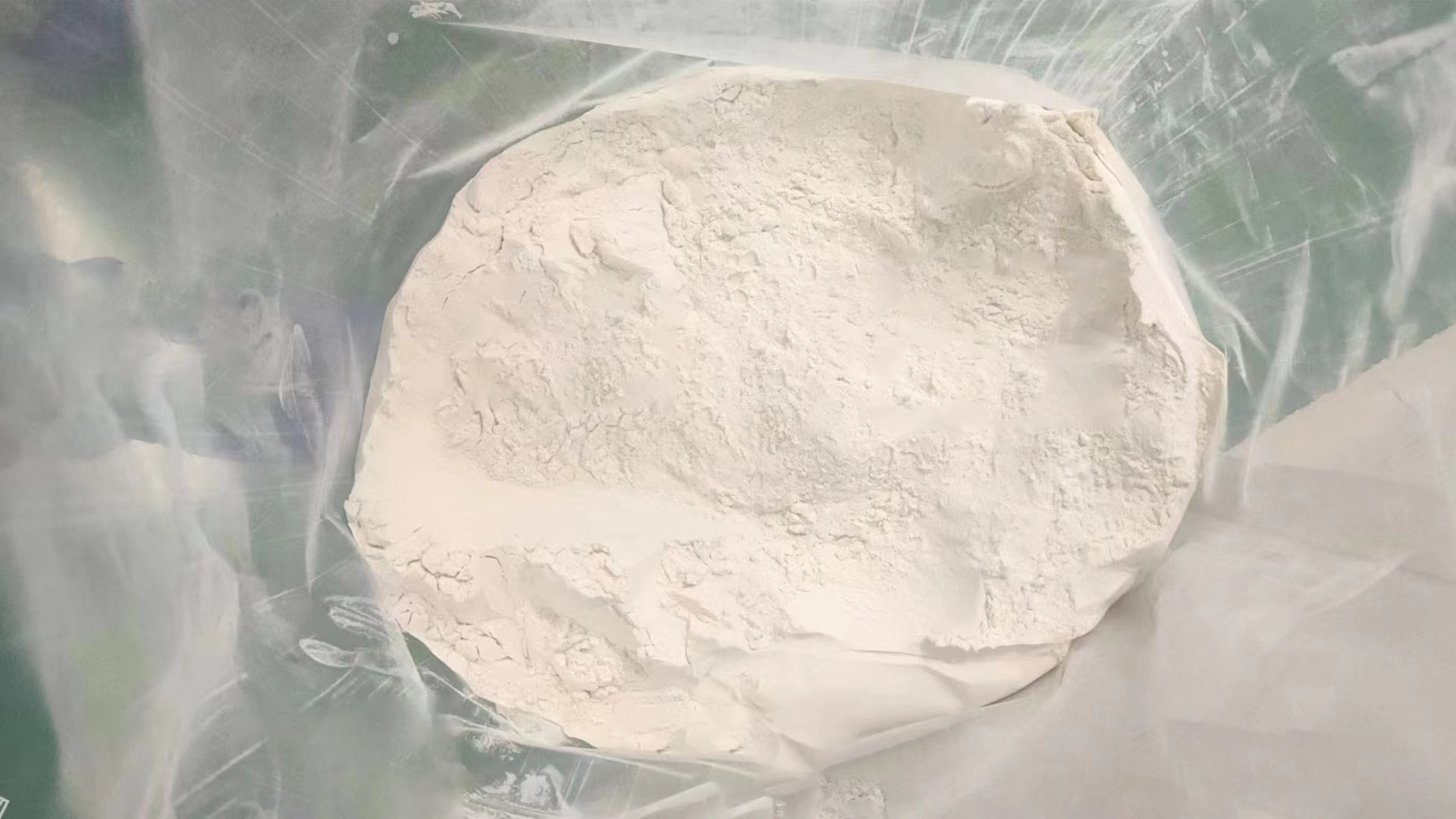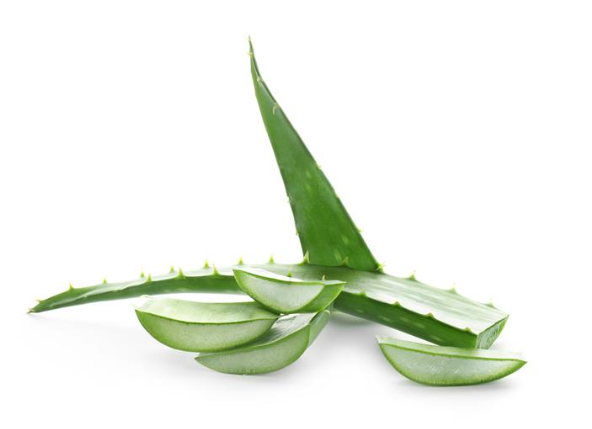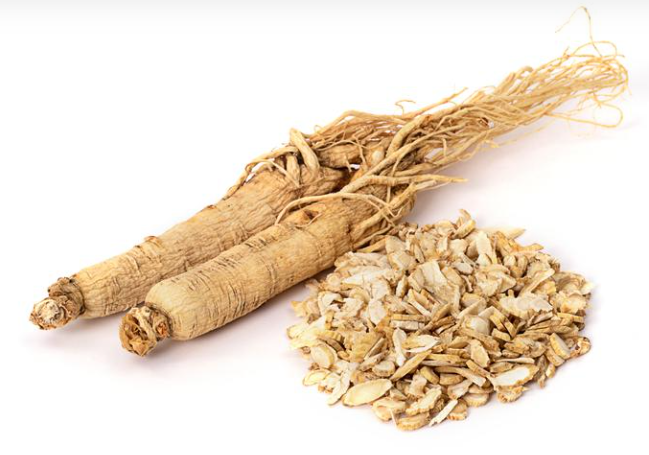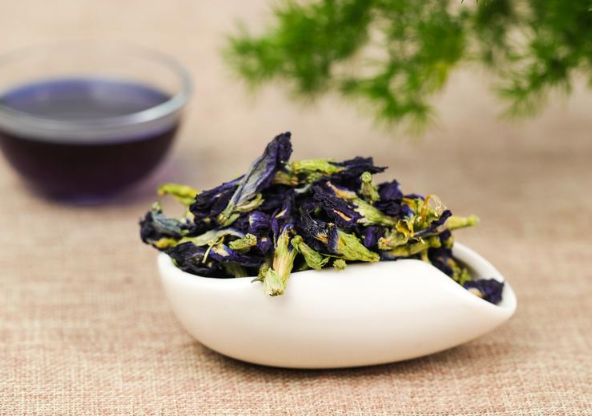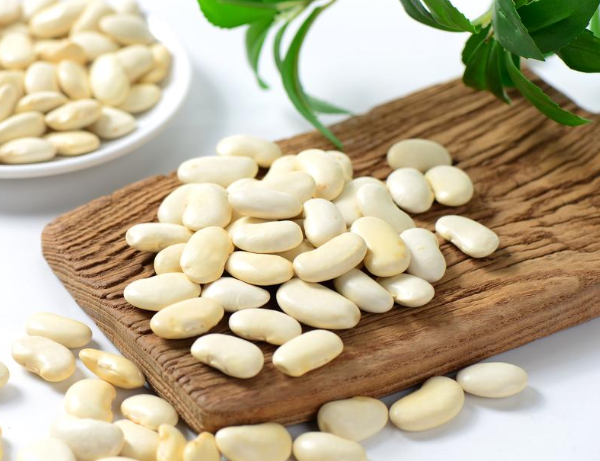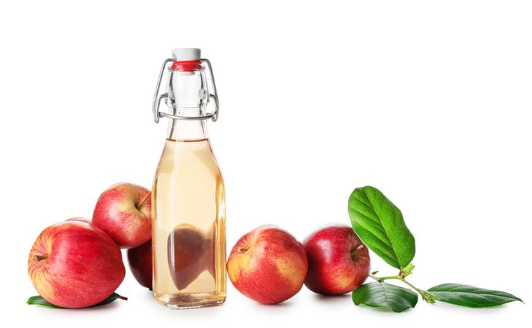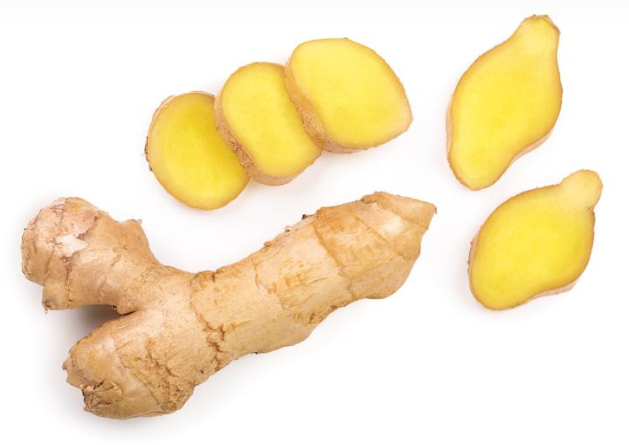Butterbur is a popular herbal product derived from the rhizomes and stems of the perennial butterbur bush (Petasites hybridus), a plant native to Europe. Butterbur is so named because its large leaves were used to wrap butter for storage. Butterbur extracts have been used for centuries in traditional medicine and purported uses were for plague, asthma, gastrointestinal and respiratory illnesses and cancer.
There are 18 species of Butterbur, distributed in Europe, Asia and North America. There are 6 kinds in China. Produced in Northeast, East and Southwest China.
Butterbur plants are commonly used in the folk to treat tonsillitis, carbuncle to treat poison, poisonous snake bites, detoxify and expectorant, etc. Among them, the whole plant of butterbur (tricholobus Fanch.) is used as medicine, and butterbur (P. japonicus Sieb. et Zucc. Maxim.), the rhizomes are used as medicine, while the petioles and tender flower buds are edible, and the taste is delicious. The chemical components of this genus are mainly petasin, bakkenolide, eremophielolide and oplopane sesquiterpenes, followed by phenols, three Other types of compounds such as terpenes.
Mainly species:
1, Petasites tatewakianus Kitam, Mainly distributed in the Xiaoxing'an Mountains and Changbai Mountains, with high lactone content;
2, Petasites formasanus Kitam
3, Petasites tricholobus Franch.
4, Petasites rubellus (J.R Geme) Toman
5, Petasites japonicus (Seib. et Zucc.) Maxim
6, Petasites versipilus Hand. Mazz.
Species of Petasites tatewakianus Kitam, Petasites tricholobus Franch and Petasites formasanus Kitam contains higher butterbur lactone compounds; While, the species of Petasites hybridus and Petasites japonicus (Seib. et Zucc.) Maxim are rich of the butetrin compounds.
Residual of Pyrrolizidine alkaloids at butterbur extract powder:
Pyrrolidine alkaloids are the first class of carcinogens isolated from plants. Pyrrolidine alkaloids isolated from Butterbur plants include senecionine, integerrimine, Senkirkine, dehydroxy-senkirkinium chloride, etc.
Studies have found that pyrrolidine alkaloids generally exist in various growth stages of Butterbur plants, and their average alkaloid content is 35-62mg/kg. However, there are still great differences in alkaloid content among different individuals. In the same plant, the content of alkaloids in the root is much smaller than that in the leaf; the content of alkaloids in the thickened petiole under the new leaves is higher than that in the thickened part that is far away from the leaf base; in addition, the content of alkaloids in the middle of the stem is high in the skin.
Pyrrolizidine alkaloids (PA) widely exist in Compositae plants. It exists in a hydrophilic and non-toxic form in the roots of Butterbur, which is reduced to lipophilicity by intestinal bacteria in the body. In the liver, it is oxidized by cytochrome P450 and converted into toxic and carcinogenic pyrrole derivatives. Can cause hepatic vascular occlusion, carcinogenicity can lead to benign or malignant hepatic epithelial cell tumors. Therefore, PA must be controlled at 0.1ppm in the butterbur extract (butterbur root extract) as a medicine.
HerboMate choose the Root of Petasites japonicus as extract raw materials, plz check the below picture:
